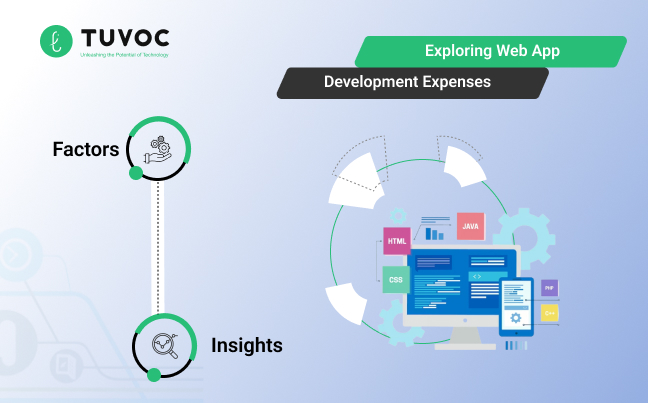Introduction
In the domain of web app development, understanding the related costs is key for businesses expecting to leave such projects. Various elements impact the expenses in question, going from the picked innovation stack to the unpredictability of highlights, plan requirements, integration with outsider administrations, the mastery of the development group, and the task timetable. By diving into these factors, businesses can acquire significant experiences in the financial parts of their web app development venture by any web development company.
Factors Affecting Web App Development Costs
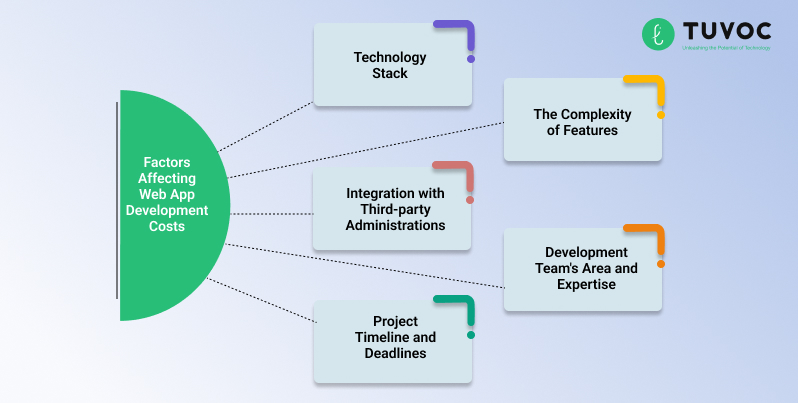
Technology Stack
The decision of technology stack mainly influences web app development costs. Various advances and systems accompany shifting licensing charges, facilitating costs, and development intricacies. For instance, settling on open-source technologies like React.js or Node.js could decrease open expenses countered with authorized programming. Nonetheless, considering long-haul support and adaptability requirements is essential when choosing the tech stack.
The Complexity of Features
The complexity and extent of features expected in a web app impact development costs. Specific web apps with basic functionalities will normally bring about lower costs compared with complex applications with cutting-edge features, real-time data synchronization, AI-driven analytics, or personalized user experiences. Each extra element adds to the development time, exertion, and assets required, in this manner affecting general costs.
Design Necessities
The design plays an essential part in client commitment and fulfillment. Refined and visually appealing designs might require additional time and exertion from developers and designers, prompting greater expenses. Factors like custom UI/UX designs, responsive formats, animations, and marking components add to design costs. Moreover, guaranteeing consistency with exposure standards and taking special care of assorted user preferences might add complexity and cost to the design deal.
Integration with Third-party Administrations
Many web applications depend on integration with Third-party administrations and APIs to upgrade usefulness and give extra elements. Incorporating payment gateways, social media platforms, analysis apparatuses, or CRM frameworks requires cautious preparation, development, and testing, all of which add to generally speaking development costs. Furthermore, permitting expenses or utilization accuses related to Third-party administrations might affect the project spending plan.
Development Team’s Area and Expertise
The area and skill of the development group mainly affect web app development costs. Rates for development management shift significantly vary on the geological area of the development group. offshore development teams might offer lower hourly rates contrasted with onshore groups in districts with higher work costs. In any case, the aptitude, nature of work, and correspondence effectiveness of the development team are similarly significant variables to consider while assessing costs.
Project Timeline and Deadlines
The venture timetable and cutoff times straightforwardly impact development costs. Tight deadlines might require extra assets or additional time work, prompting expanded costs. On the other hand, an adjustable course of events takes into consideration better asset distribution and improvement, possibly lessening general development costs. In any case, rushing the custom e-commerce development services cycle to fulfill tight time constraints might think twice and lead to higher long-haul support costs.
Each Development Phase’s Cost of Developing a Web App
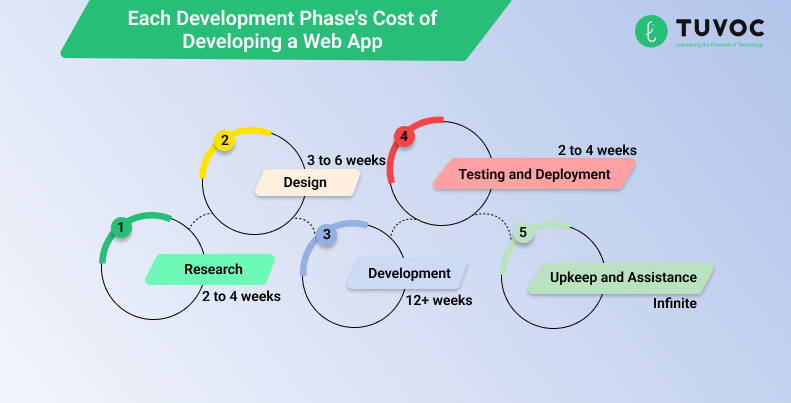
In addition to taking those crucial elements into account, you can also compute the expenses associated with every stage of the enterprise solution development services process as a whole to determine the project budget.
This is how it works:
1. Phase of Research
In this initial stage, the research level and the project complexity decide the average cost.|
Expence: $5k to $15k.
Duration: 2 to 4 weeks
2. Phase of Design
This phase includes animated graphics, complex designs, or unique illustrations that could raise the price.
Expense: $8k to $20k.
Duration: three to six weeks
3. Phase of Development
The price of coding and development is influenced by the technology used, the complexity of the functionalities, and the number of features.
Expense: Between $20K and $100K or more
Duration: over 12 weeks
4. Phase of Testing and Deployment
If a web application requires a lot of testing or bug fixes, its overall cost may rise.
Expense: anywhere from $5k to $15k
Duration: two to four weeks
5. Phase of Upkeep and Assistance
The cost of the post-launch period varies according to the level of support needed and any new features or upgrades.
Cost: Usually between 15% and 20% of the annual overall cost of development
Duration: Indefinite
Bottom Line
In conclusion, some variables affect the expenses related to developing a web application. Businesses can allocate resources effectively and start their web app development journey with clarity and confidence when they have a comprehensive breakdown of development costs.
To learn more about Tuvoc Technologies’ web app development services in India, contact us now.
Have an Idea? Let’s Shape It!
Kickstart your tech journey with a personalized development guide tailored to your goals.
Discover Your Tech Path →Share with your community!
Latest Articles
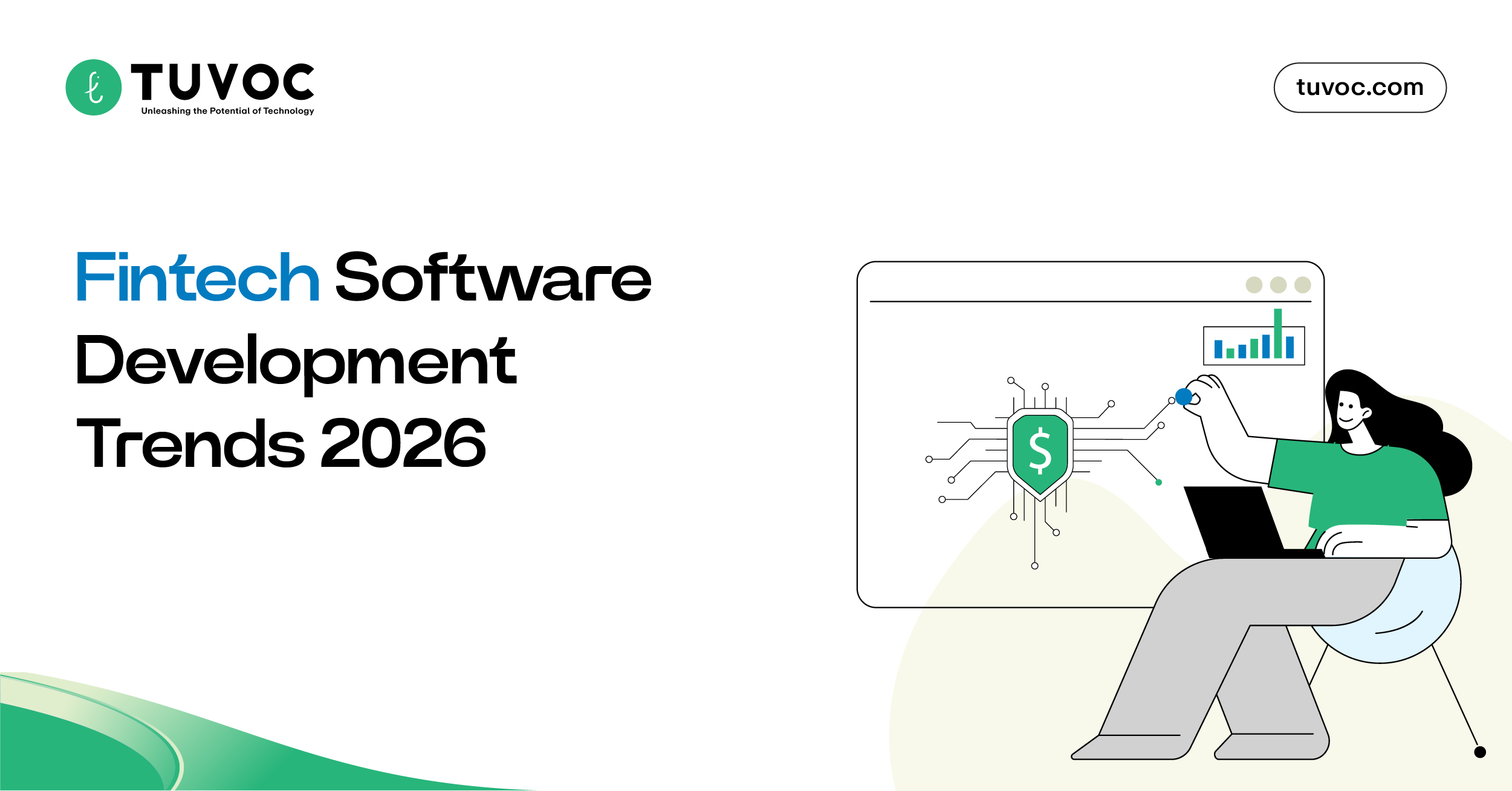
Key Fintech Trends 2026 | Software Development Innovations
The FinTech Revolution Entering 2026 FinTech isn't just disrupting finance anymore; it has become finance. As we enter 2026, fintech…
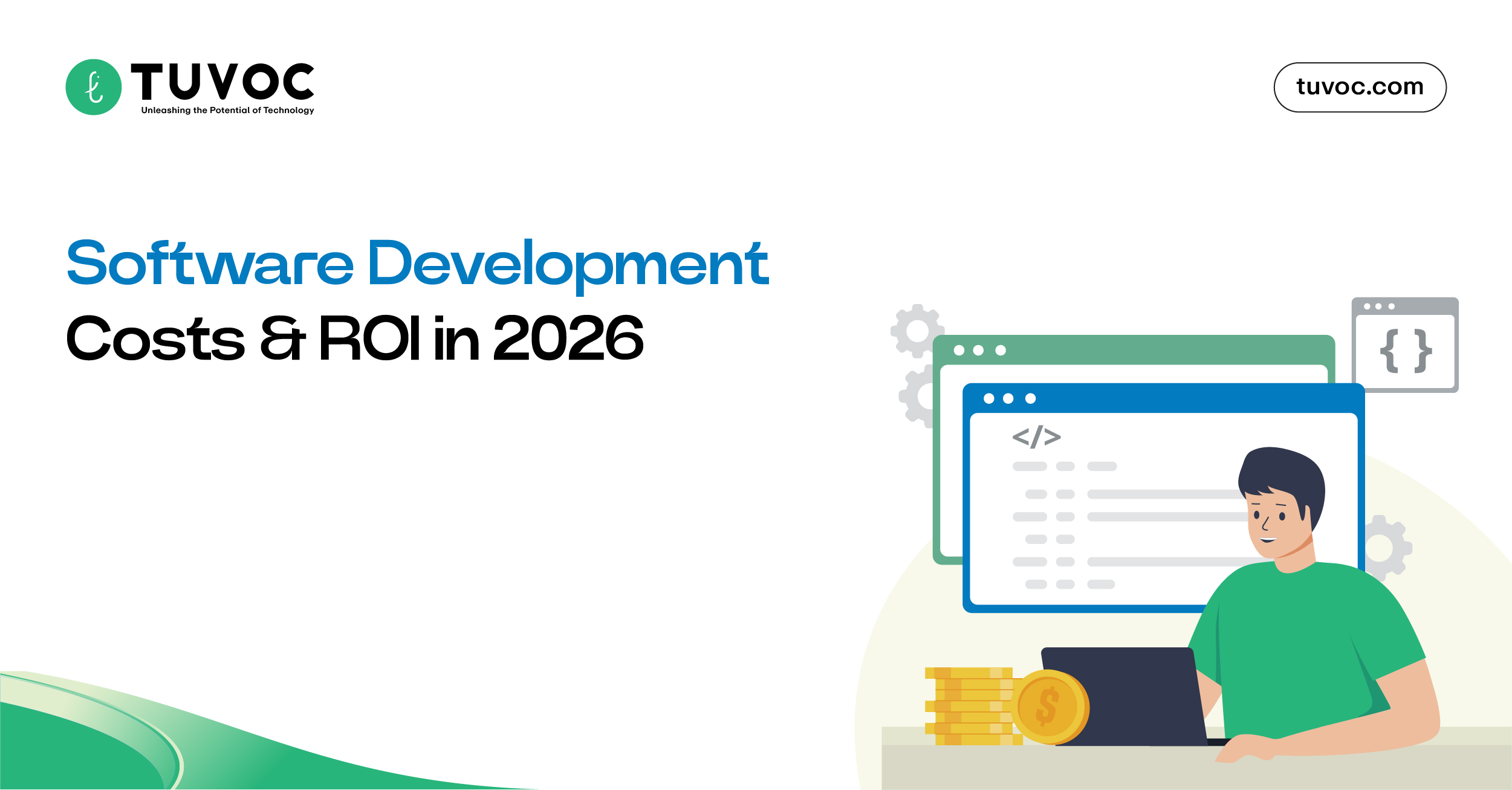
Custom Software Development Cost in 2026 | Guide with ROI Insights
What is the Custom Software Development Cost in 2025 The custom software development cost is facing a new mathematical challenge…
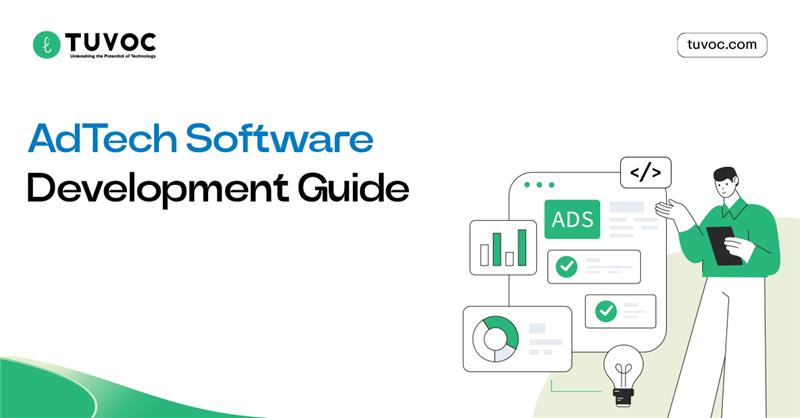
AdTech Software Development | The Ultimate Guide for 2026
What is AdTech? Advertising technology is a combination of various platforms, software, and multi-sourced data. Adtech is the fulcrum of…
